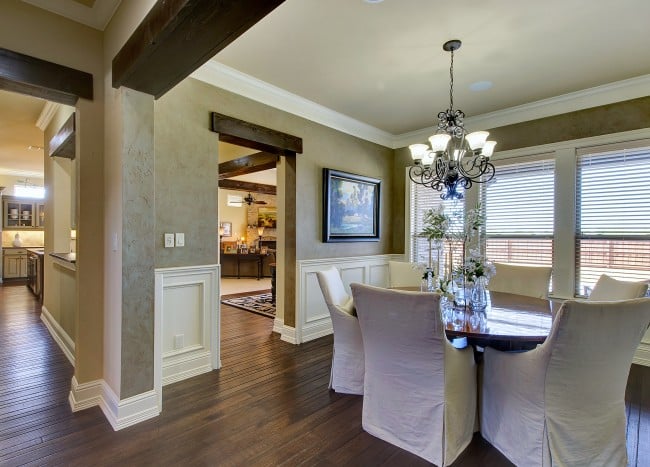
Textured walls can be an aesthetic choice for those who are looking for a room with a different sort of look and feel. In some cases, textured walls are also a practical choice; wear and tear on a wall (whether small or significant) can often be covered using textured materials. In any case, there are a number of options to consider when a textured wall is desired.
On This Page:
Achieving Texture with Plaster
Using plaster is the most tried and true method of creating a textured wall surface; it is also one of the more difficult methods. The amount of water used, how it is applied to the wall, and the various additives used in the mix all come into play when using plaster on a surface.
The DIY with some trowel experience and attention to detail could certainly do a fine job with plaster, but the average person looking to spruce up a room could find the multiple coats and necessity of a uniform technique a bit tedious. The look of plaster, however, has a classic charm that might be worth the effort, or the cost of a professional crew.
Spray-On Texture
In the 20th century, building materials joined the ranks of cheese and breath freshener when it became available in a spray form. Though a spray-on textured wall will require a special machine (that can be rented from home improvement or hardware stores), it is easier and faster than plaster.
Basically, a powdered texture agent is mixed in a bucket with water until it reaches the right consistency. After that, the content of the bucket is poured into the spray machine, the machine is turned on, and then you’re off! Once the spraying is all done, there will be some trowel work involved in making the texture just right; it isn’t nearly as intensive as plaster is, though.
How to Apply Drywall Texture
Textured Paint
The least expensive, and in some ways the easiest method of making a textured wall is to use textured paint. Though it won’t be able to cover up significant damages, for a wall with a few dings or dents, textured paint will be just fine. It can be purchased already mixed, or an agent can be mixed in with conventional paint to give it texture.
Textured Wallpaper
Many people are looking for more out of their wall coverings than just a slathering of paint; for them, the rise in the availability of textured wallpaper is reason to celebrate. Textured wallpaper, like any other wallpaper, can hide any imperfections on the wall beneath it, so long as the wall is prepped properly. Holes need to be filled with joint compound before the paper goes on, but after that, it’s relatively smooth sailing.
Textured wallpaper provides not just a pattern or pretty picture, but literally adds another dimension to any existing wall as the designs have a feel in addition to a look. Textured paper comes in many different varieties, and its growing popularity all but insures that it will continue to come in even more. It is put up in the same way as traditional wallpaper and is often made of more durable material. It is, however, somewhat more expensive.
Consult a Pro To Pick the Right Texture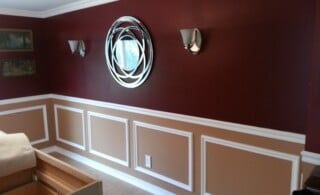 Decorative Moldings: The Perfect Cover-up
Decorative Moldings: The Perfect Cover-up 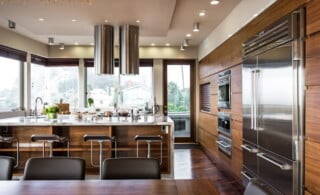 Wood Veneer: An Upside to Being Shallow
Wood Veneer: An Upside to Being Shallow  Ceiling Mirrors – Considerations, Types & Options
Ceiling Mirrors – Considerations, Types & Options 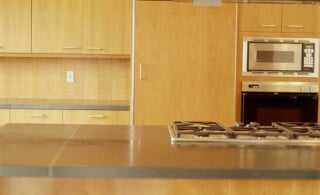 Benefits of Pressure-Treated Wood
Benefits of Pressure-Treated Wood 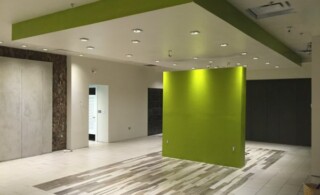 Drop Ceilings
Drop Ceilings 

Are You Familiar With This Topic? Share Your Experience.